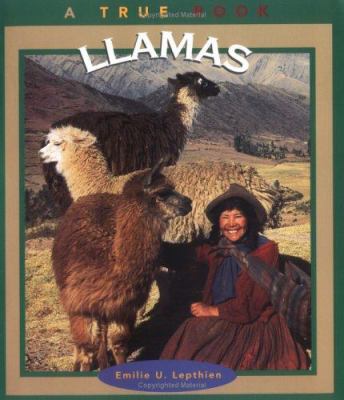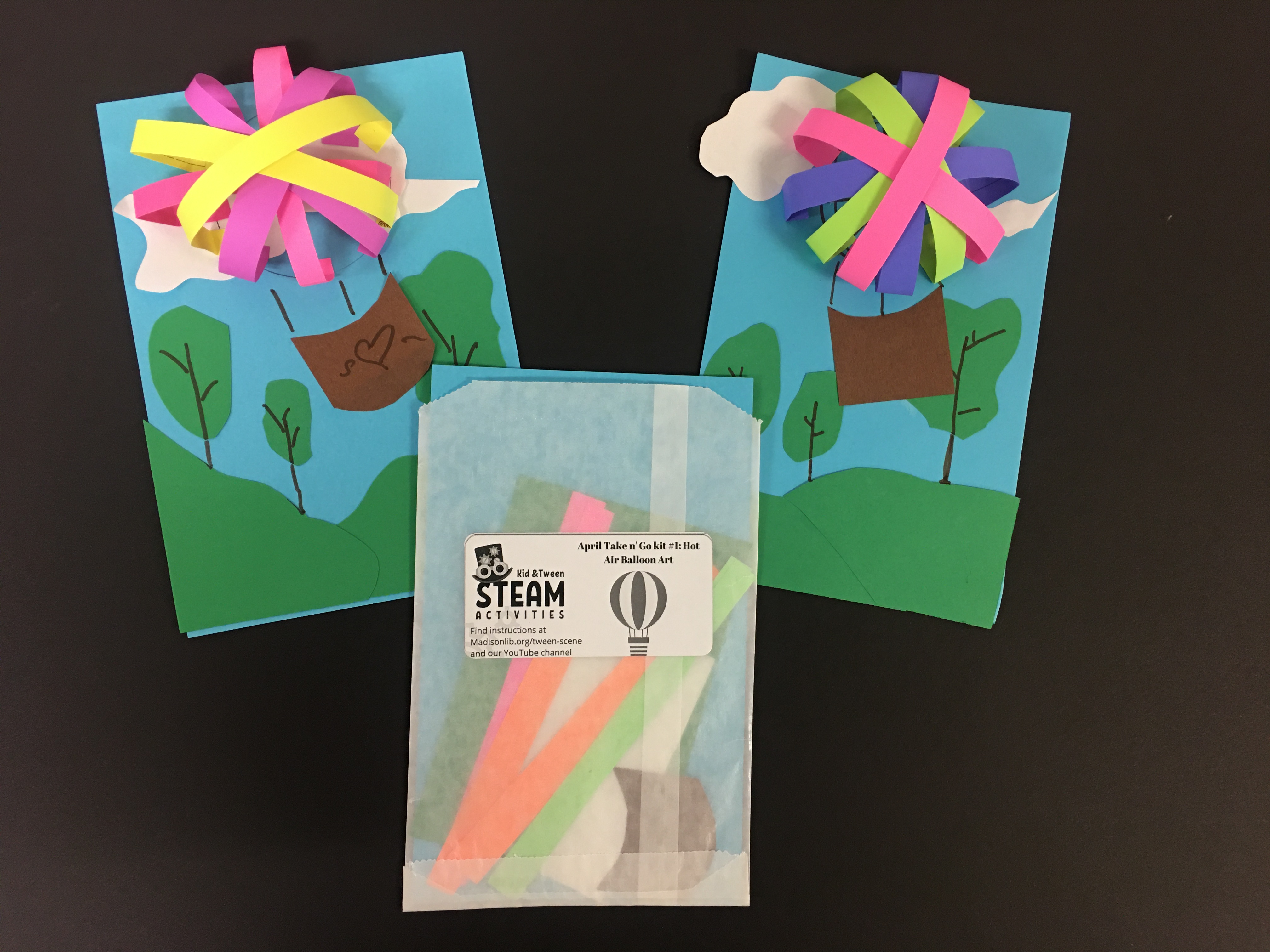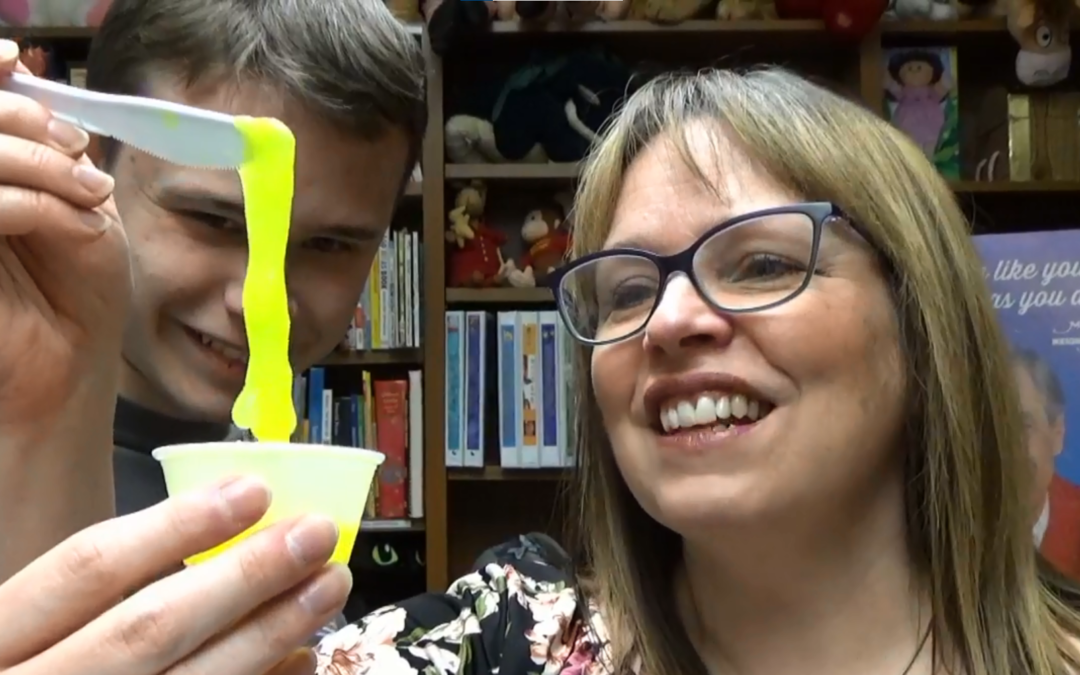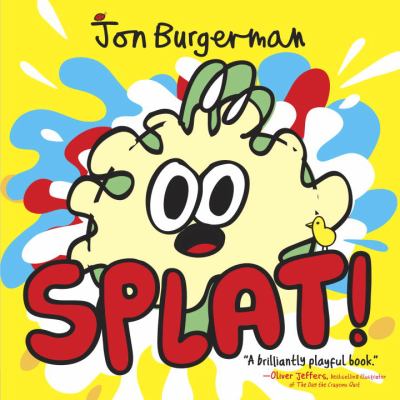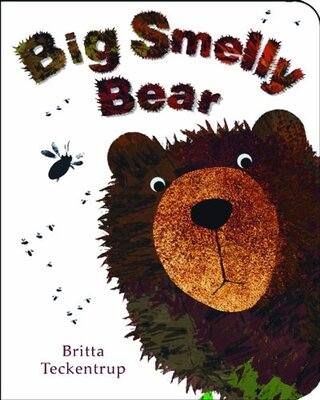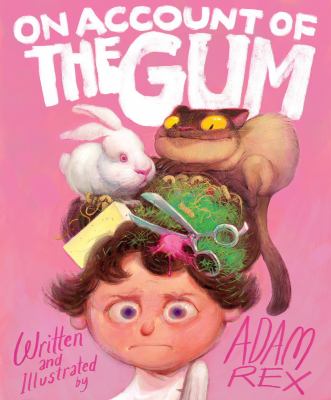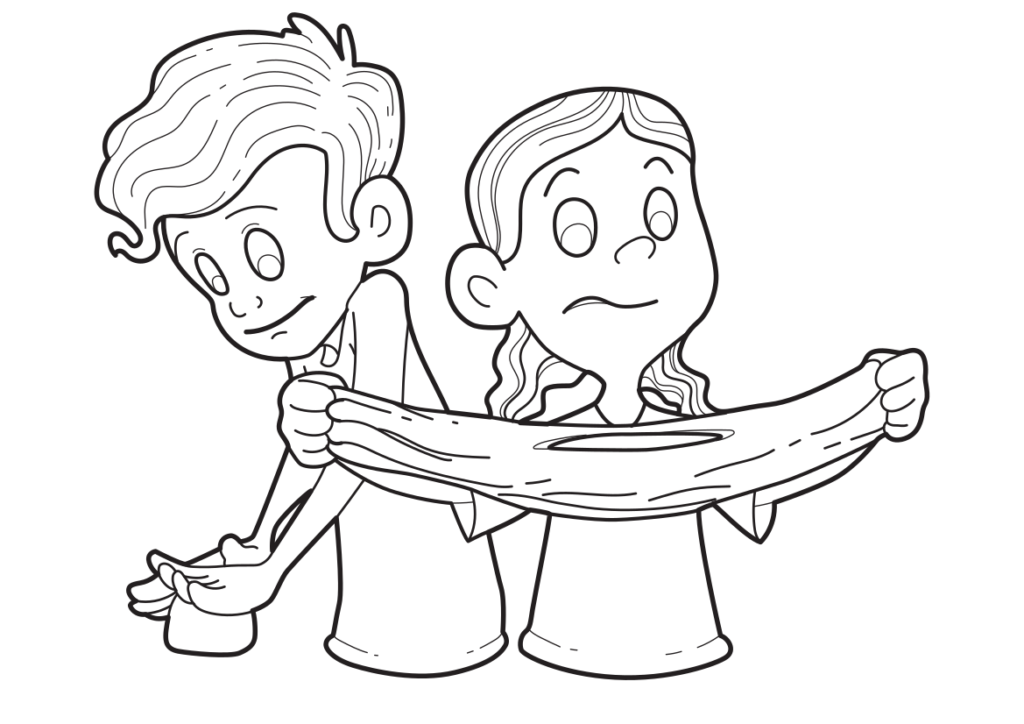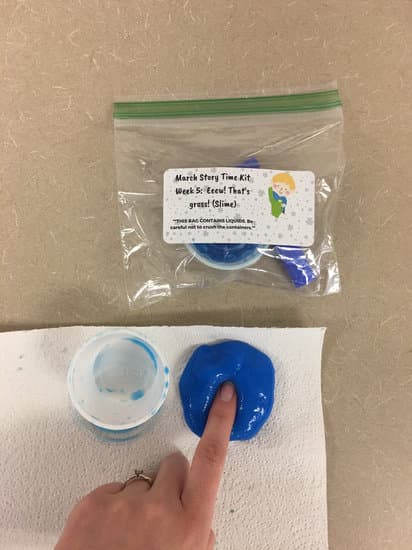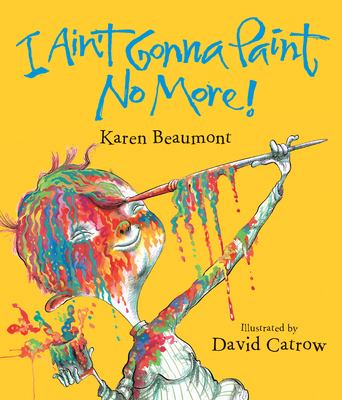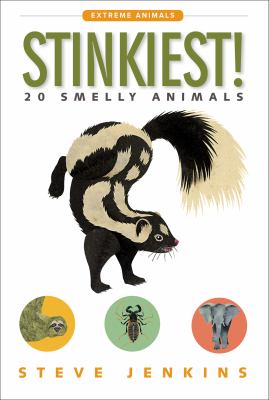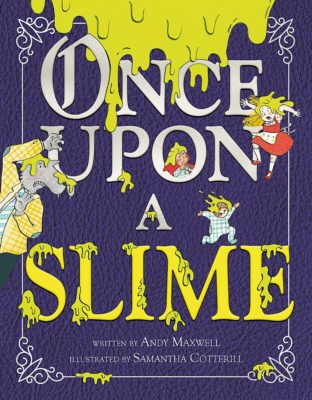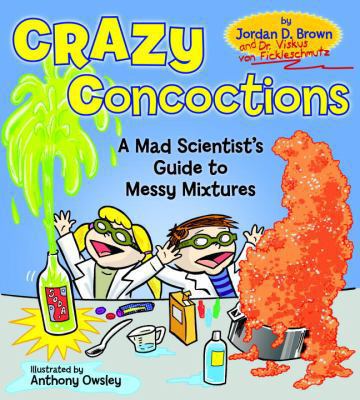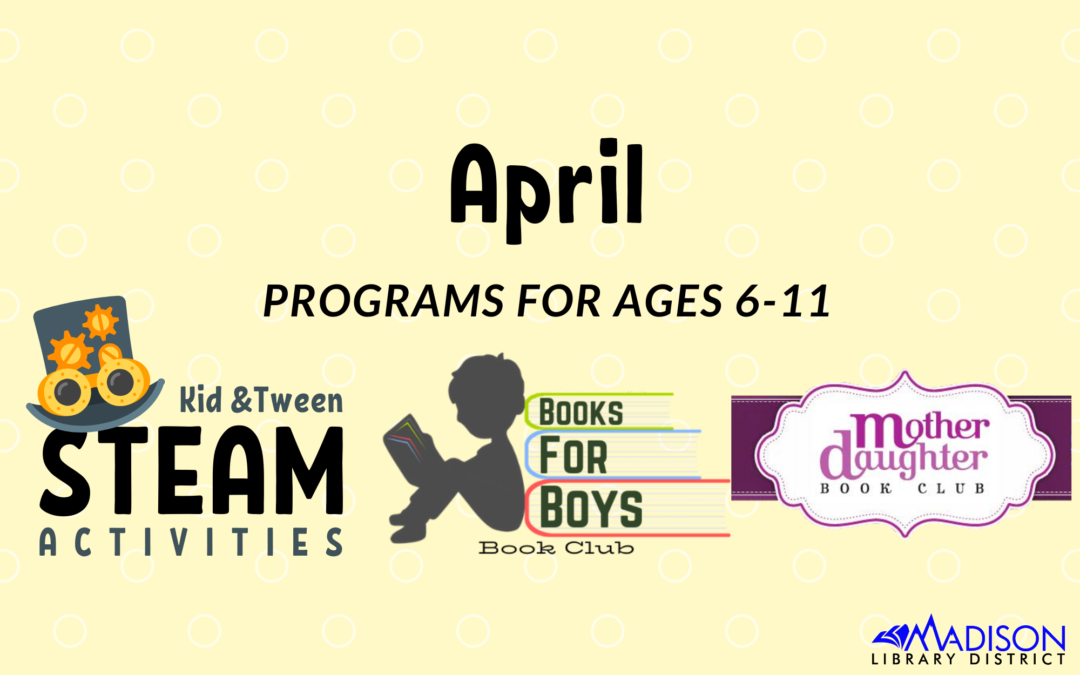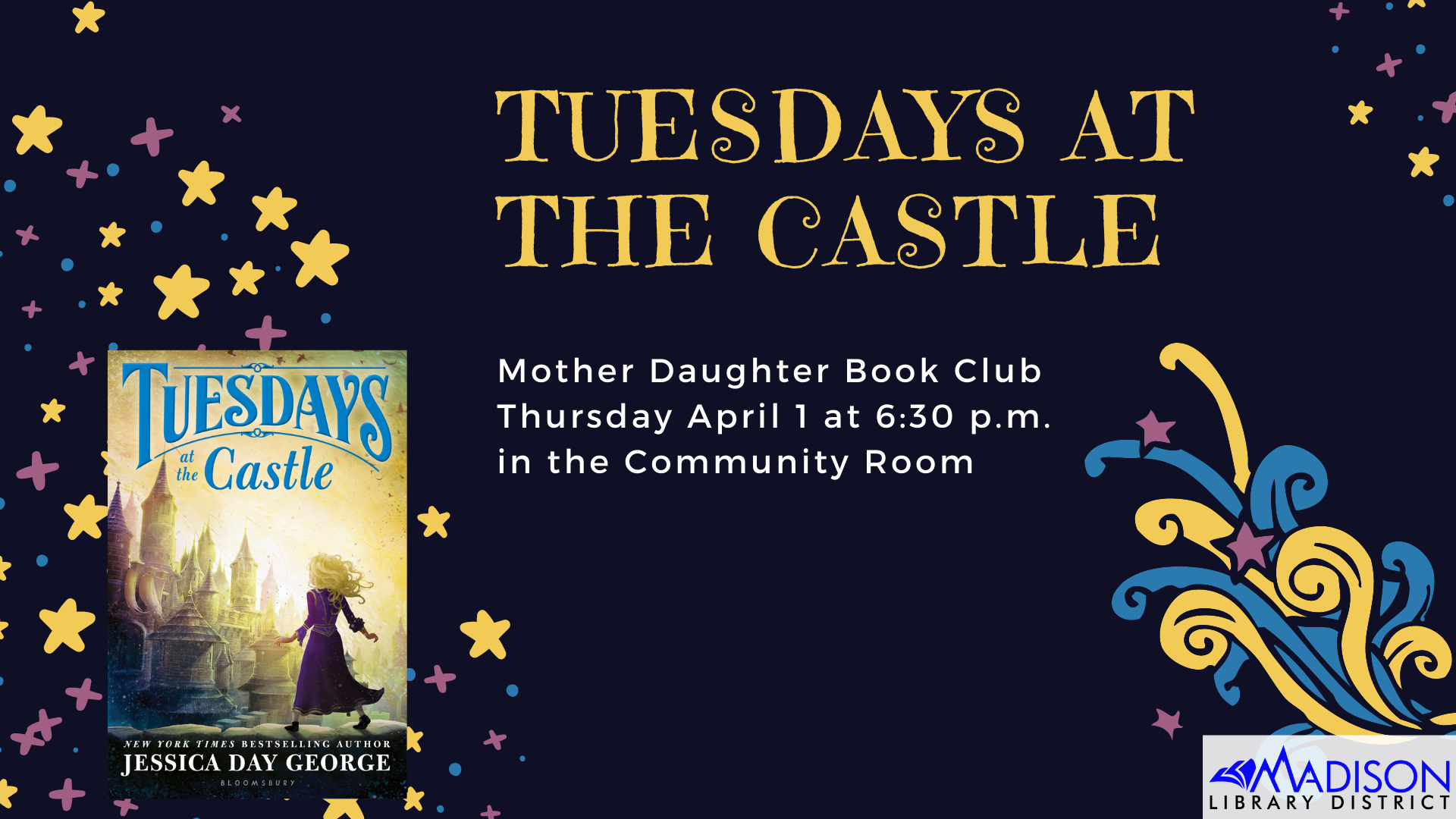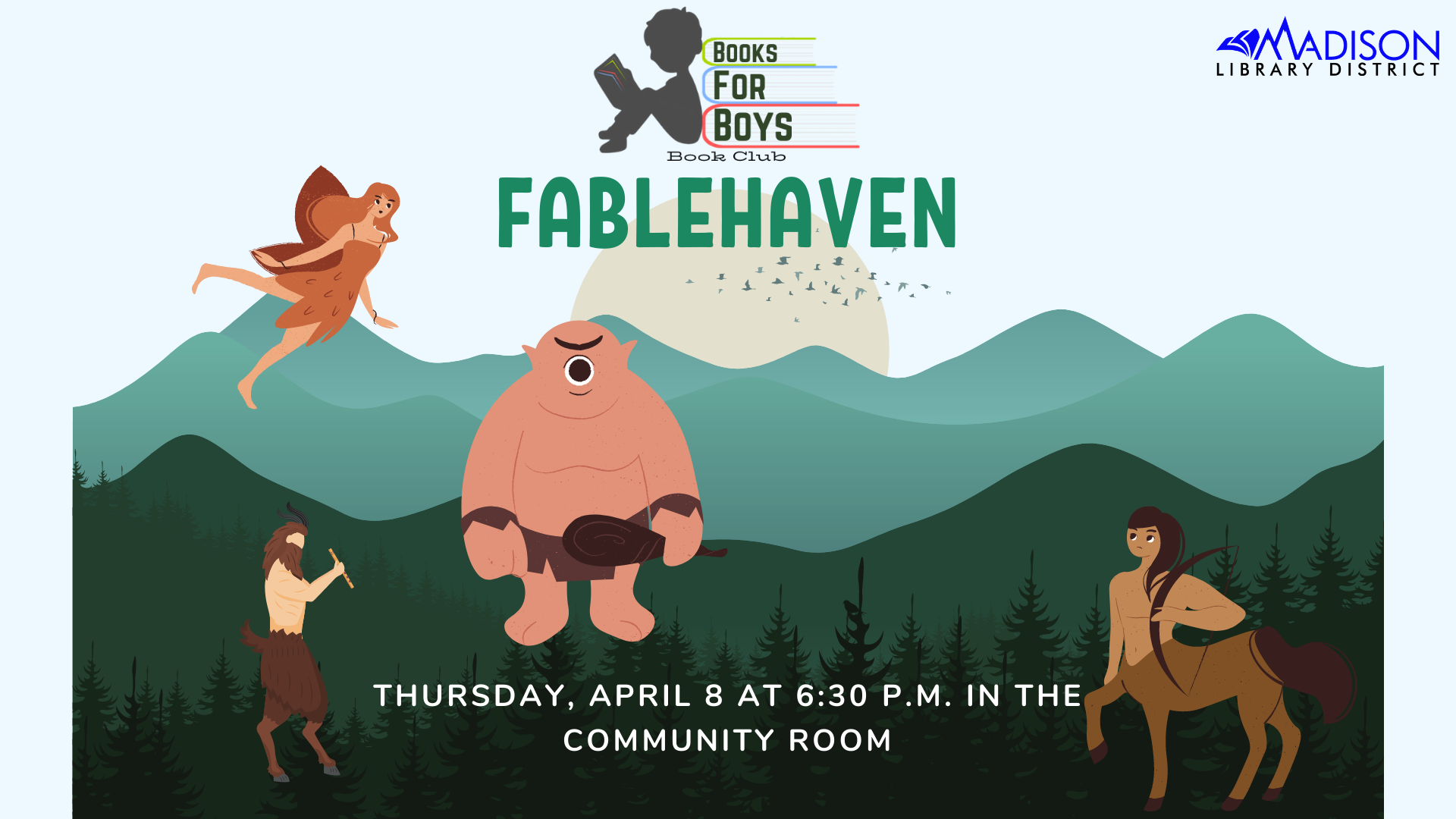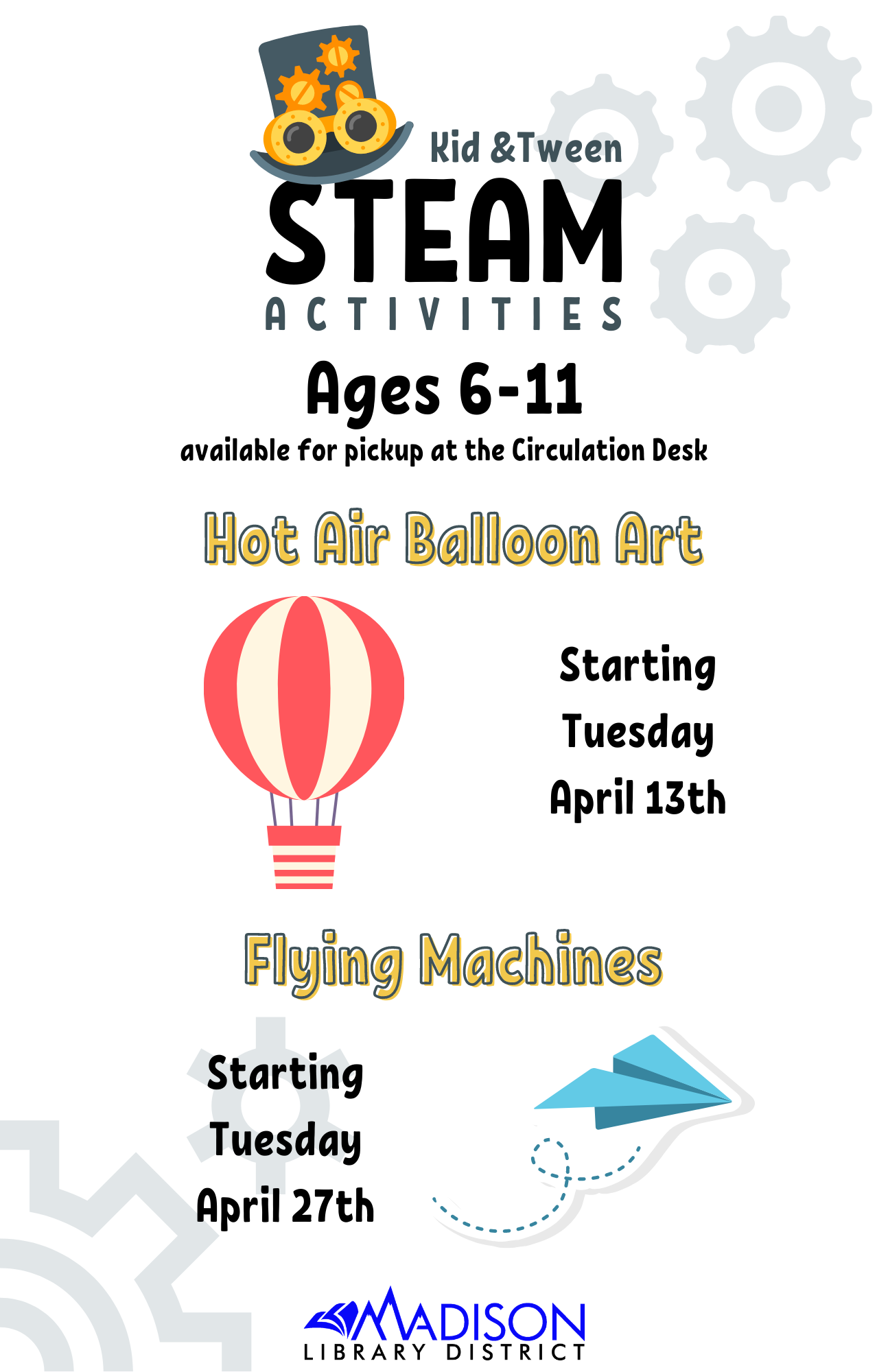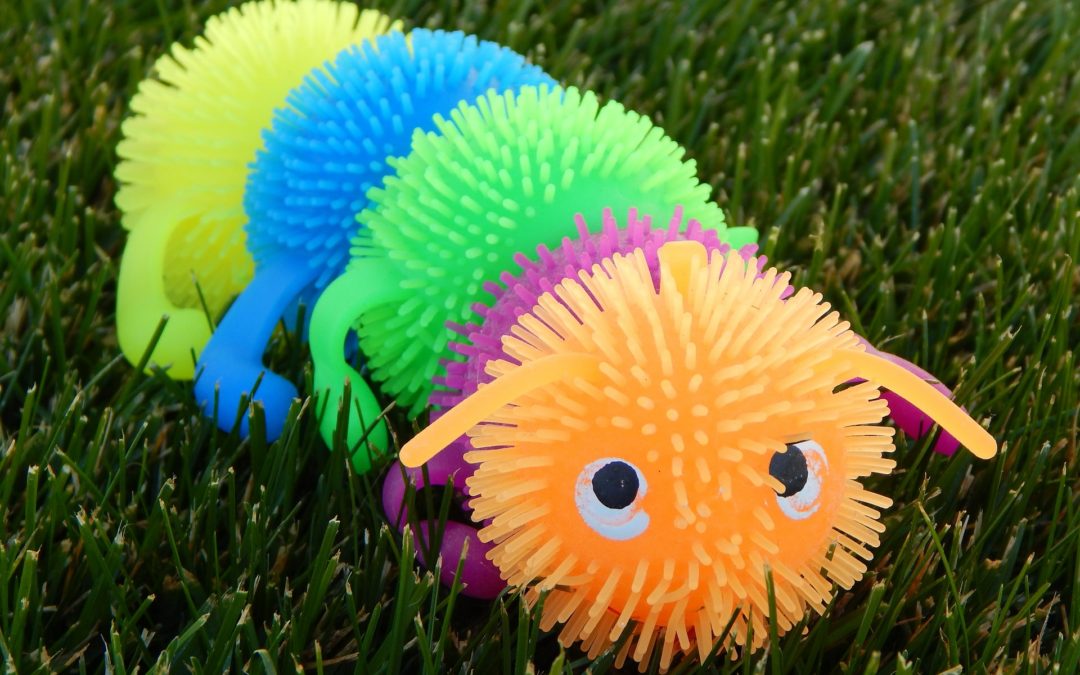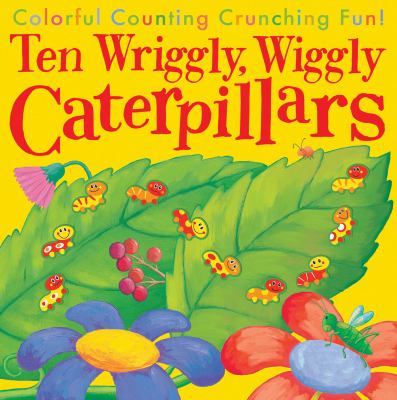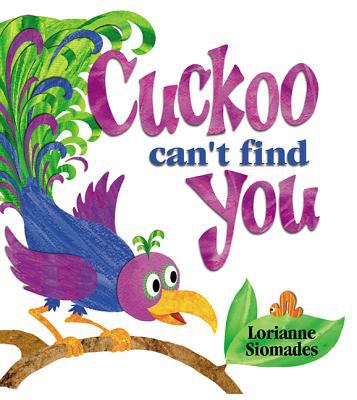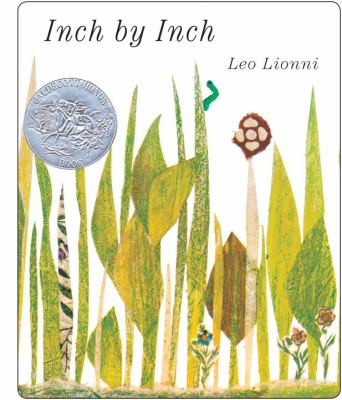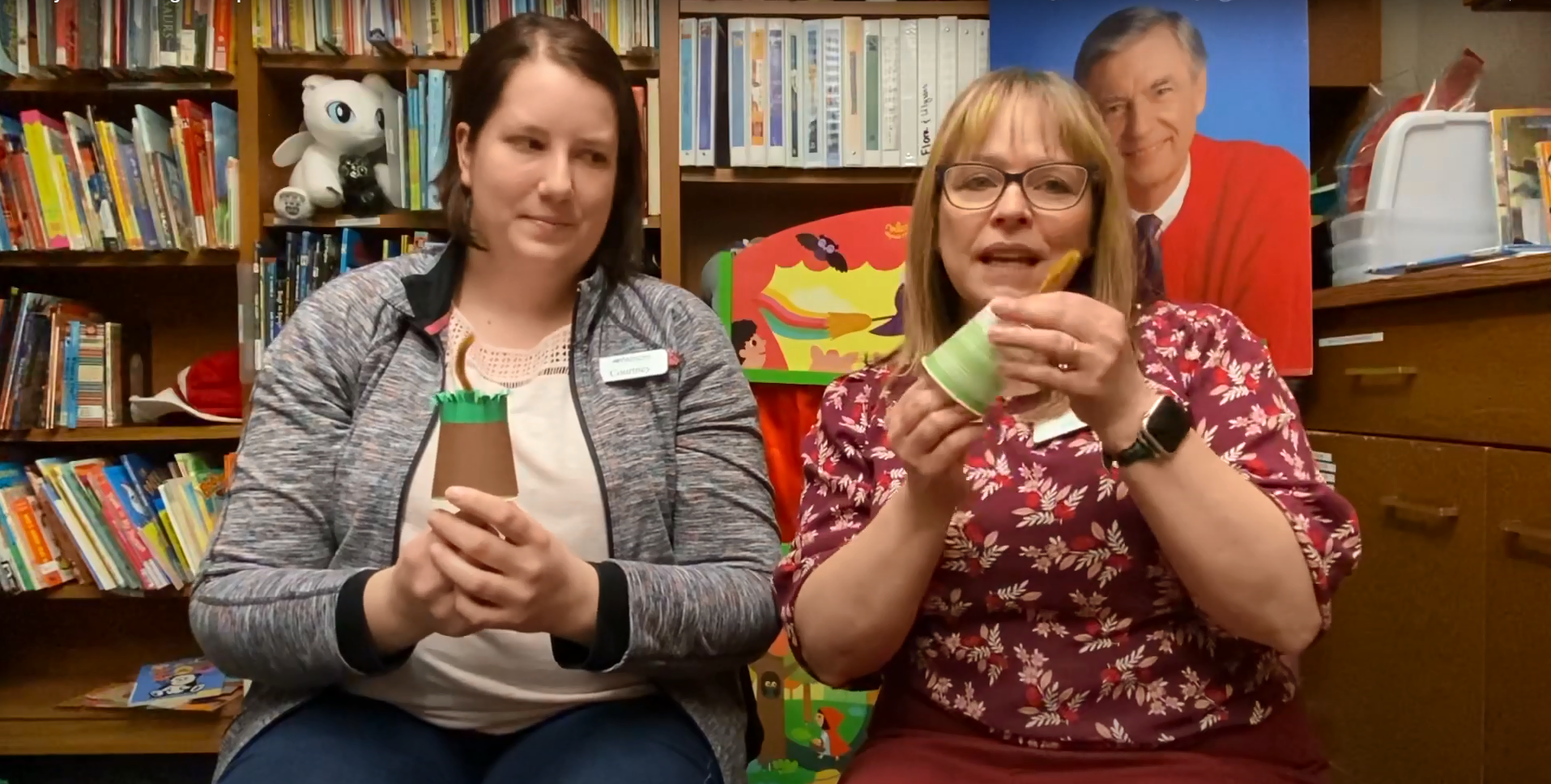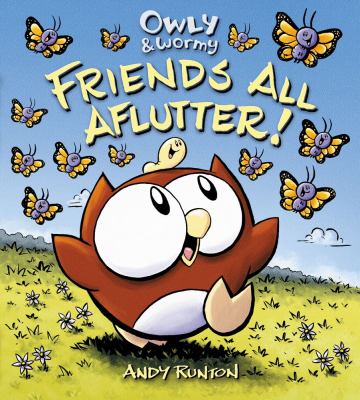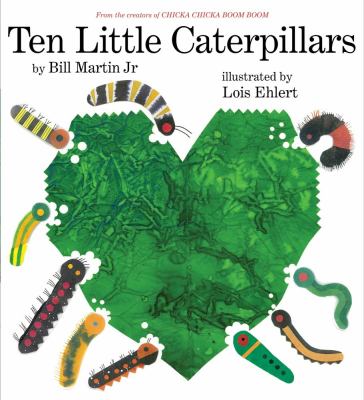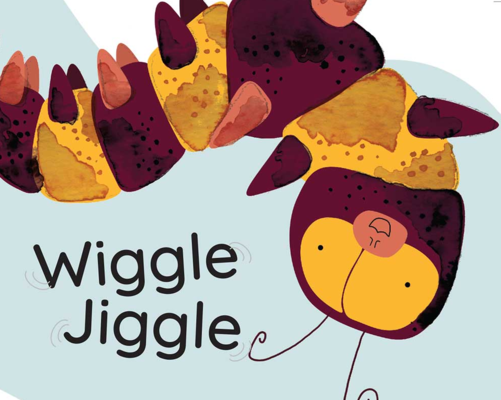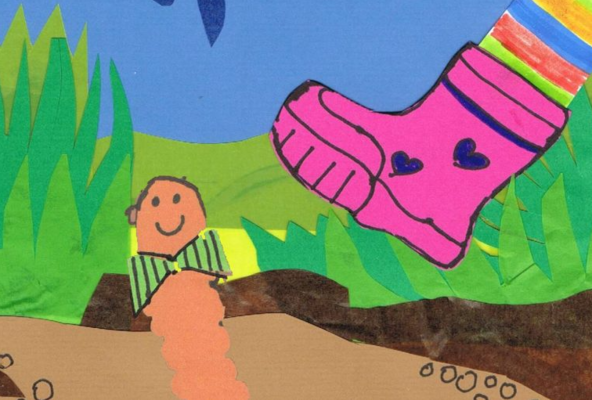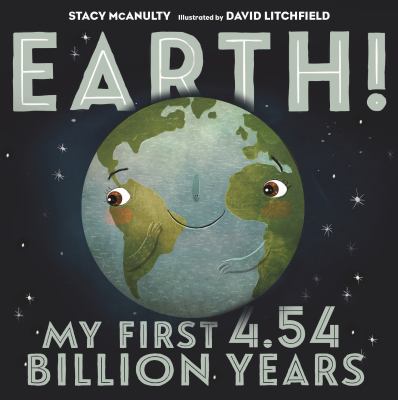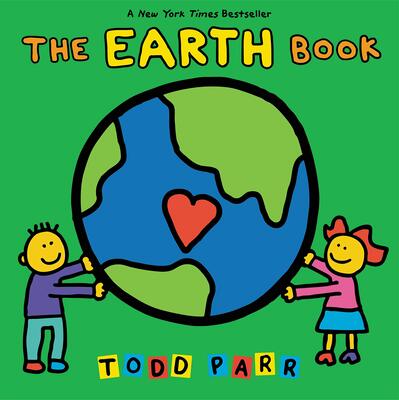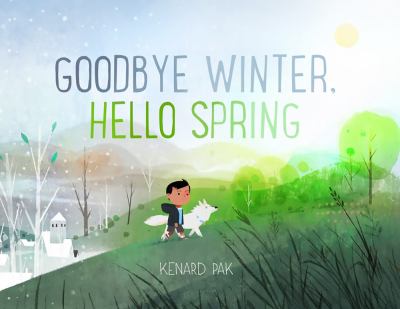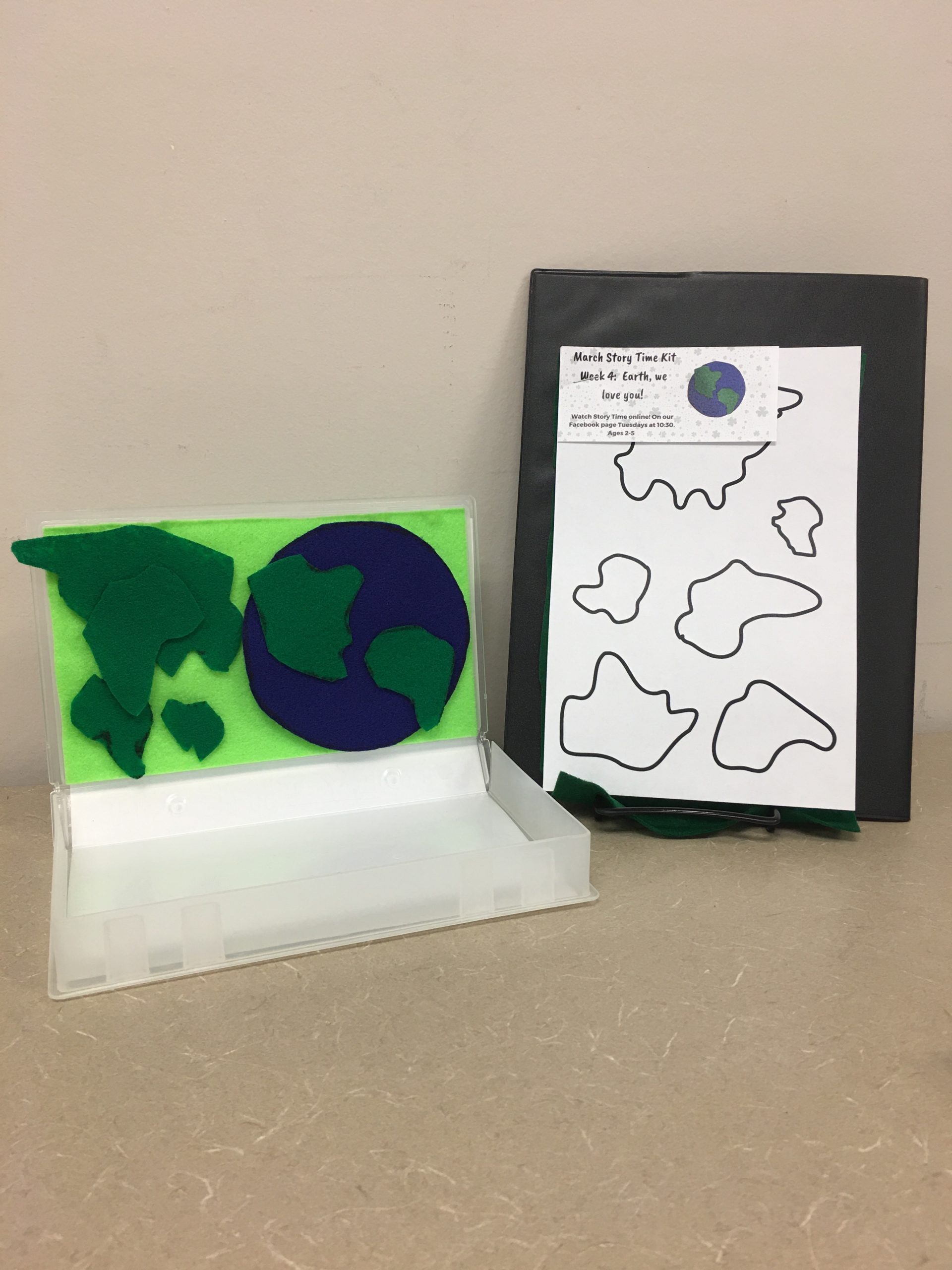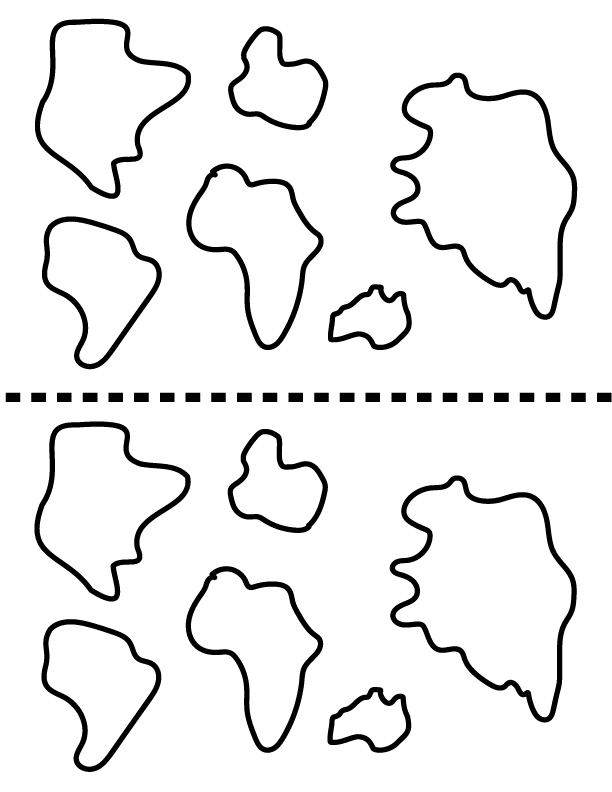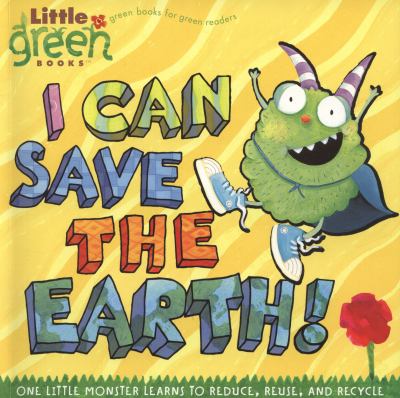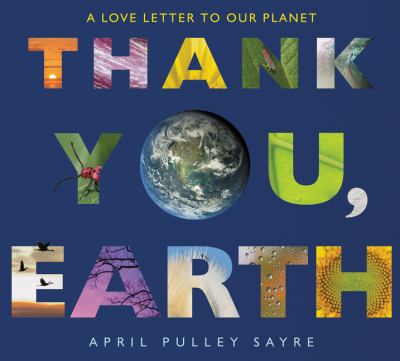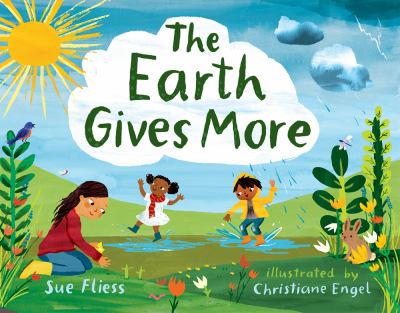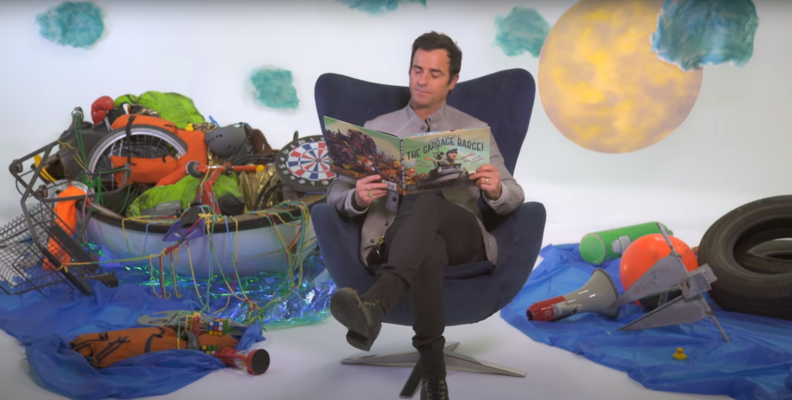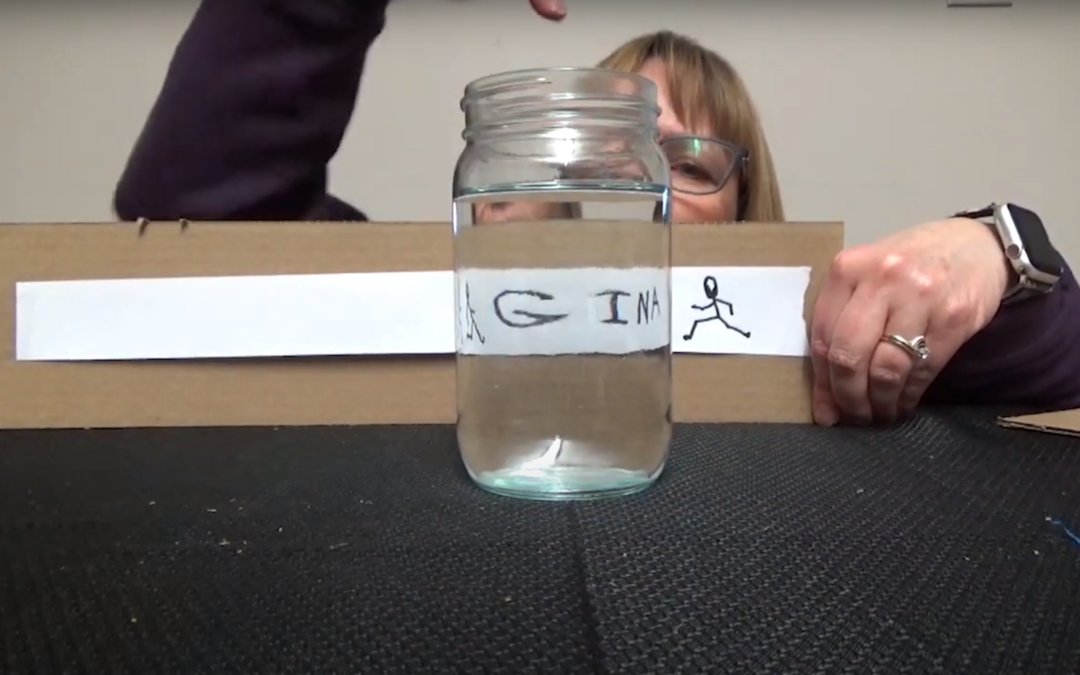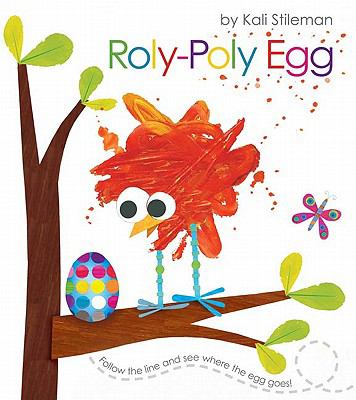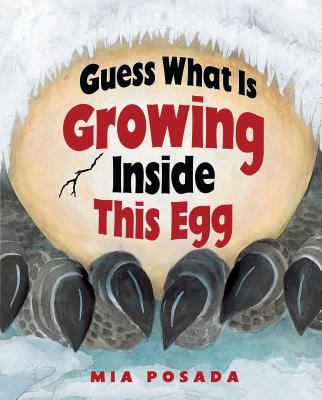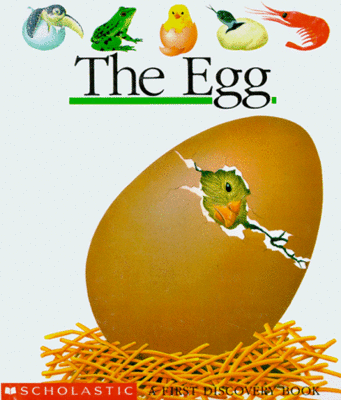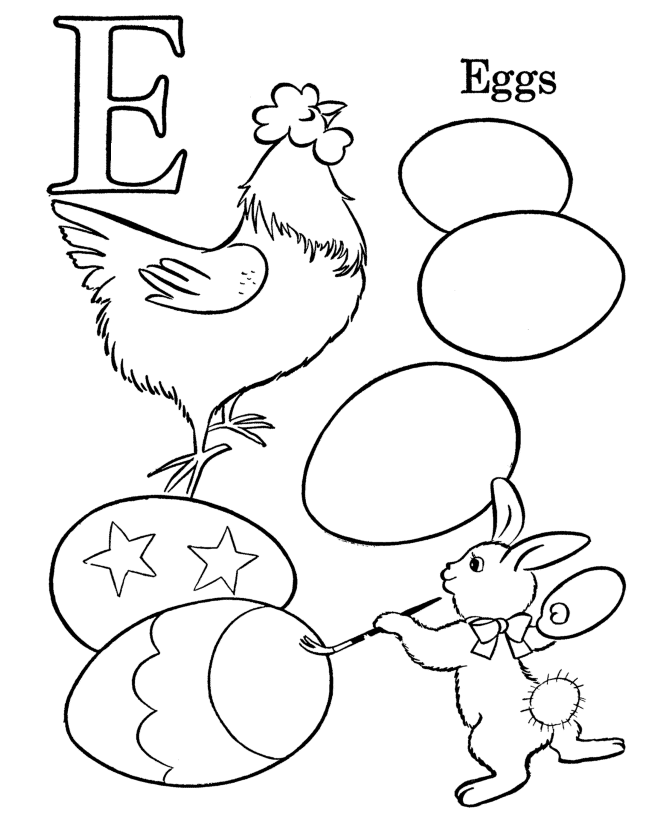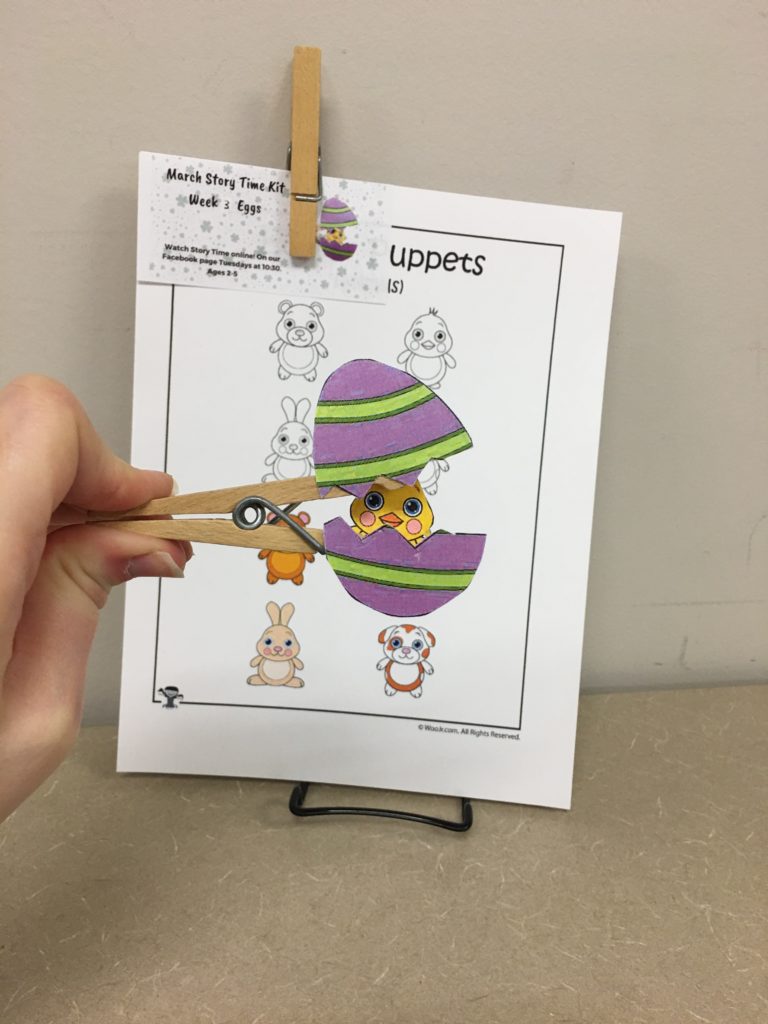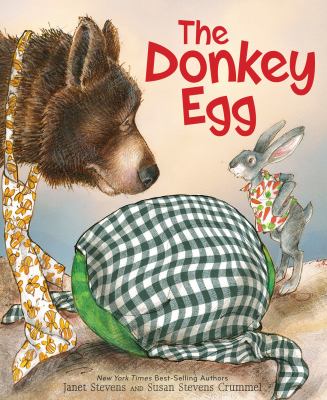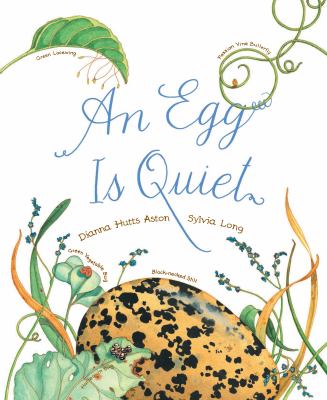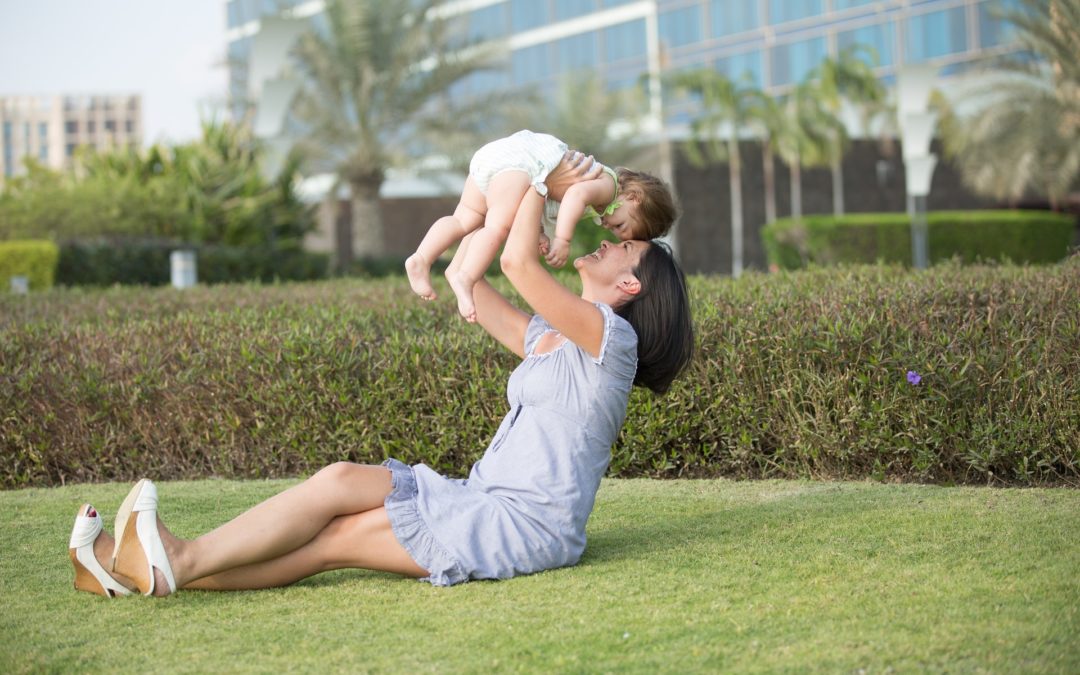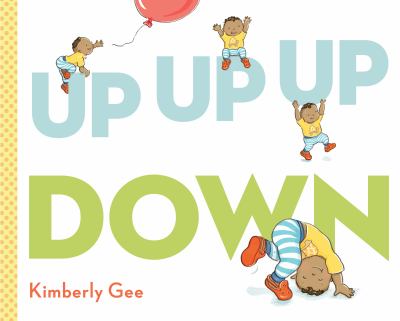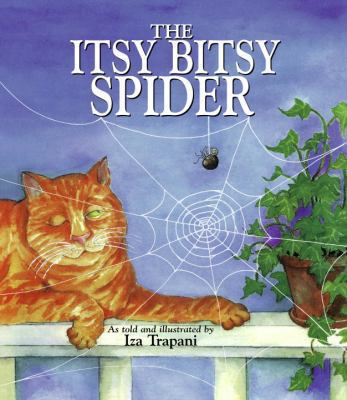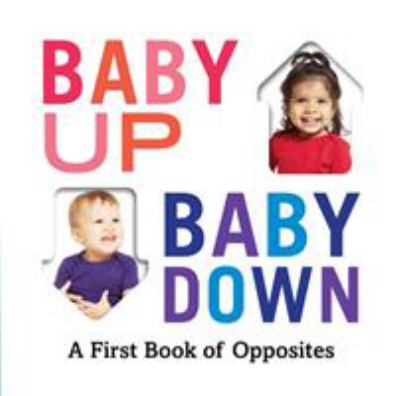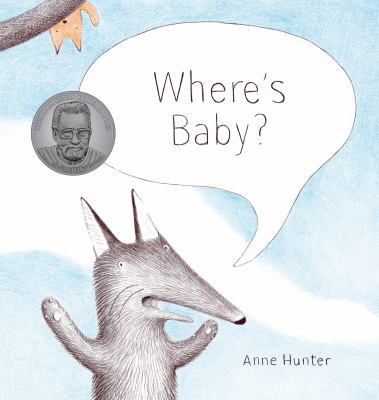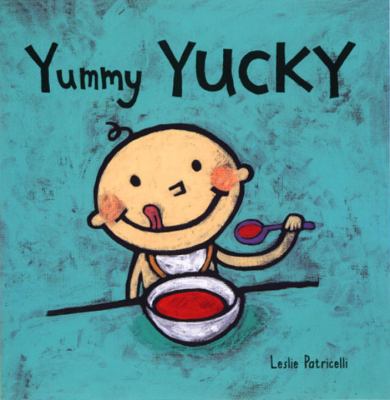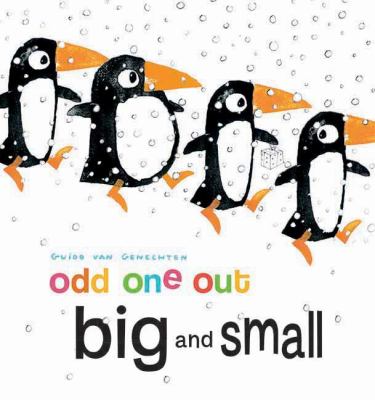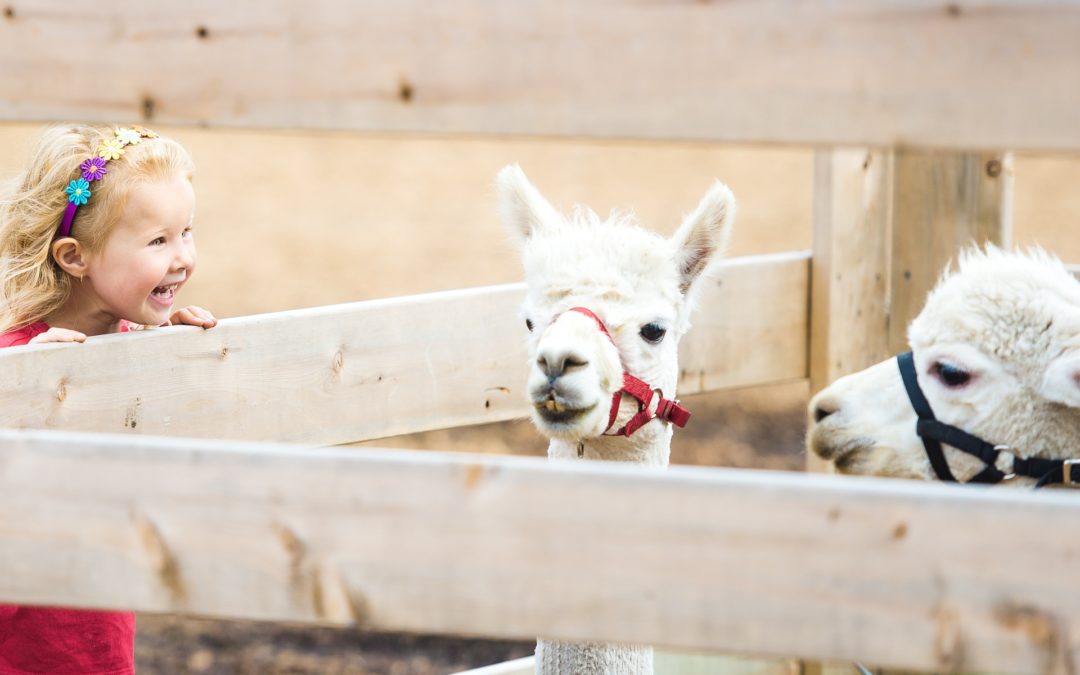
Story Time: Llamas and Alpacas!
Story Time: Llamas and Alpacas!
Hola! Hoy hablamos de llamas, or… Hello! We talked about llamas today! We love llamas and their cousins like alpacas and camels. We also love to speak Spanish which is the language they speak in Chile and Peru, where you can find both llamas and alpacas. If you’d like to have more fun with llamas and Spanish, try some of these books and songs.
Join us live Tuesdays at 10:30 AM – Online on Facebook
Ages 2-5
Sing, Talk, Read, Write, Play
Tip
Children love singing. A great option to encourage not only reading, but also singing, is to read books that can be sung. These can include nursery rhymes, books that promote singing, or books that can be sung to a specific tune.
Activity
Find or checkout a book with your child such as “Llamas in the Field,” then read and sing the book together. Check out these other books you can sing in our catalog.
Books Presented
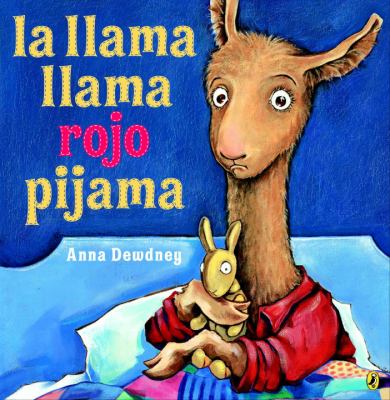
La Llama Llama Rojo Pijama by Anna Dewdney

Llama Llama Red Pajama by Anna Dewdney
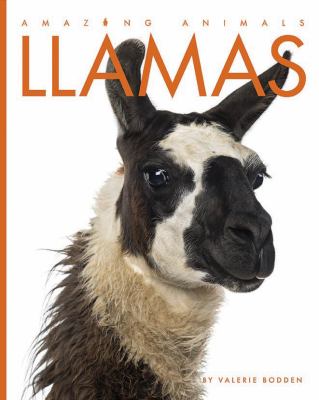
Llamas by Valerie Bodden
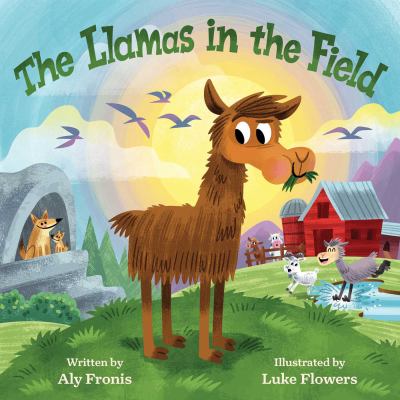
The Llamas in the Field by Aly Fronis
Songs, Rhymes, and Fingerplays
Action Song: Marcha/March
Marcha marcha marcha
Marcha marcha marcha
Marcha marcha marcha
Deja de marchar
Salta salta salta
Salta salta salta
Salta salta salta
Deja de saltar
Baila baila baila
Baila baila baila
Baila baila baila
Deja de bailar
Una Llama, Dos Llamas
– Adapted from “Una Papa, Dos Papas” by Super Simple Español
Crafts and Activities
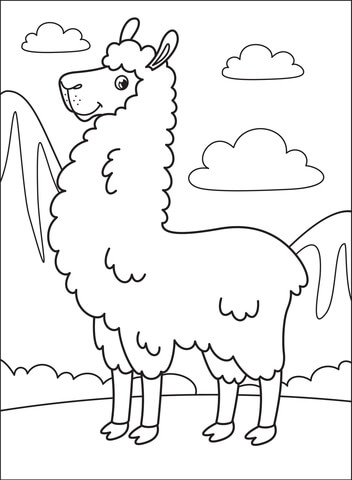
Coloring Page
Print out this coloring page!
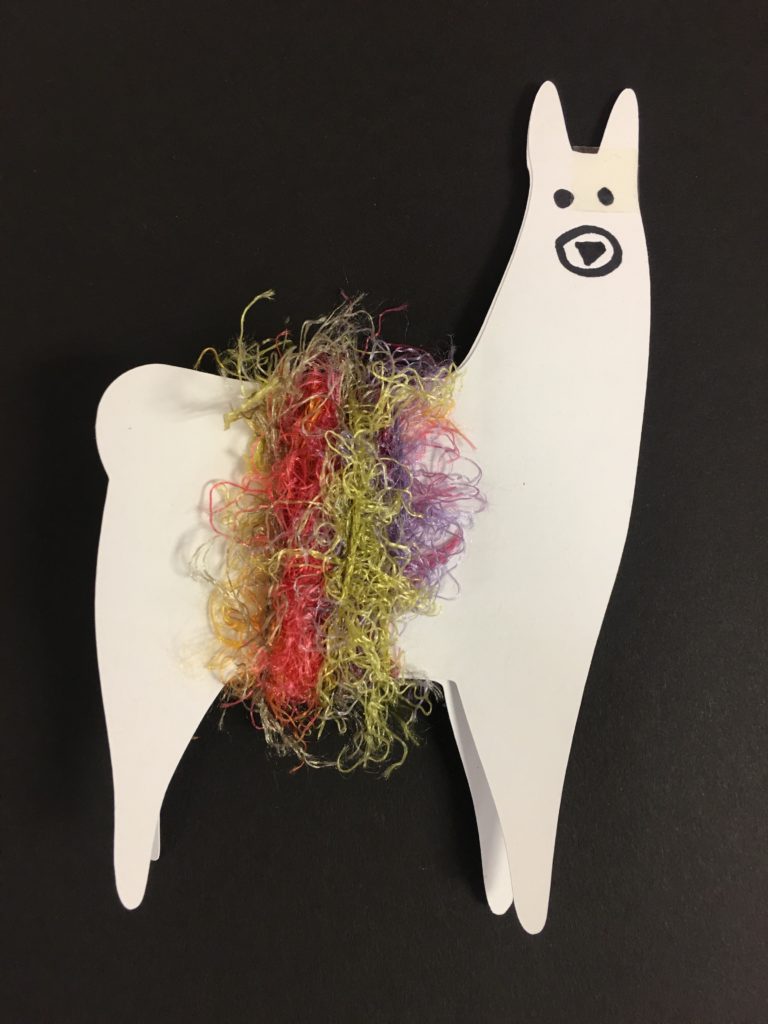
We used some llama cutouts (link below) made for holding scraps of yarn and then made a 3D llama by combining 2, taping the face, and folding out the legs in front and back.
Additional Books
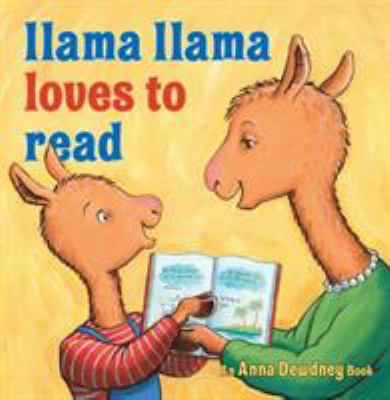
Llama Llama Loves to Read by Anna Dewdney
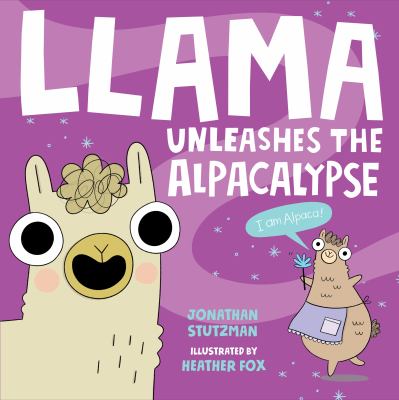
Llama Unleashes the Alpacalypse by Jonathan Stutzman
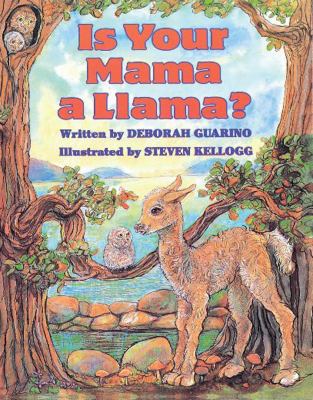
Is Your Mama a Llama? by Deborah Guarino
